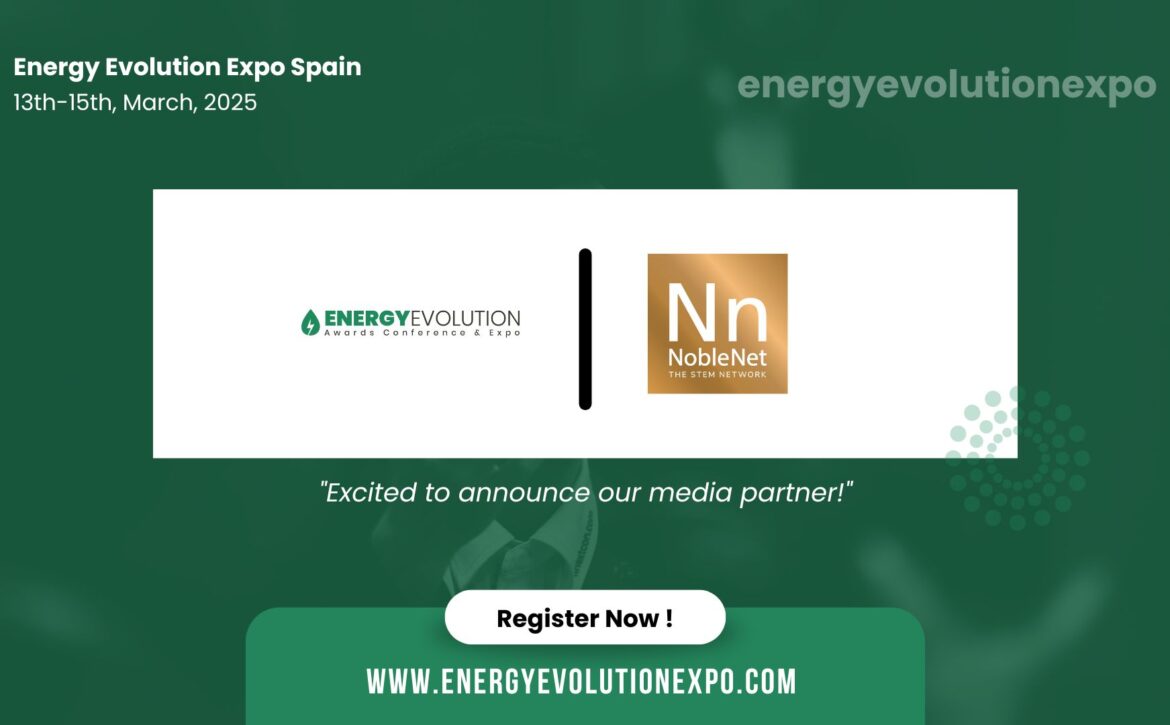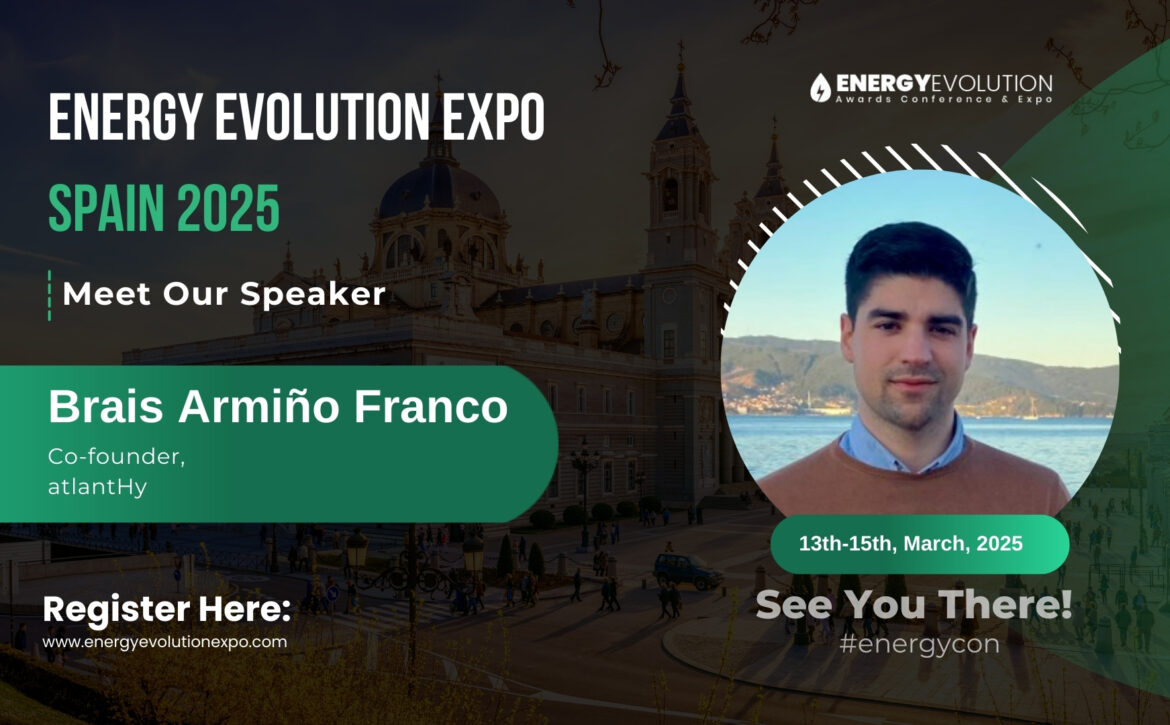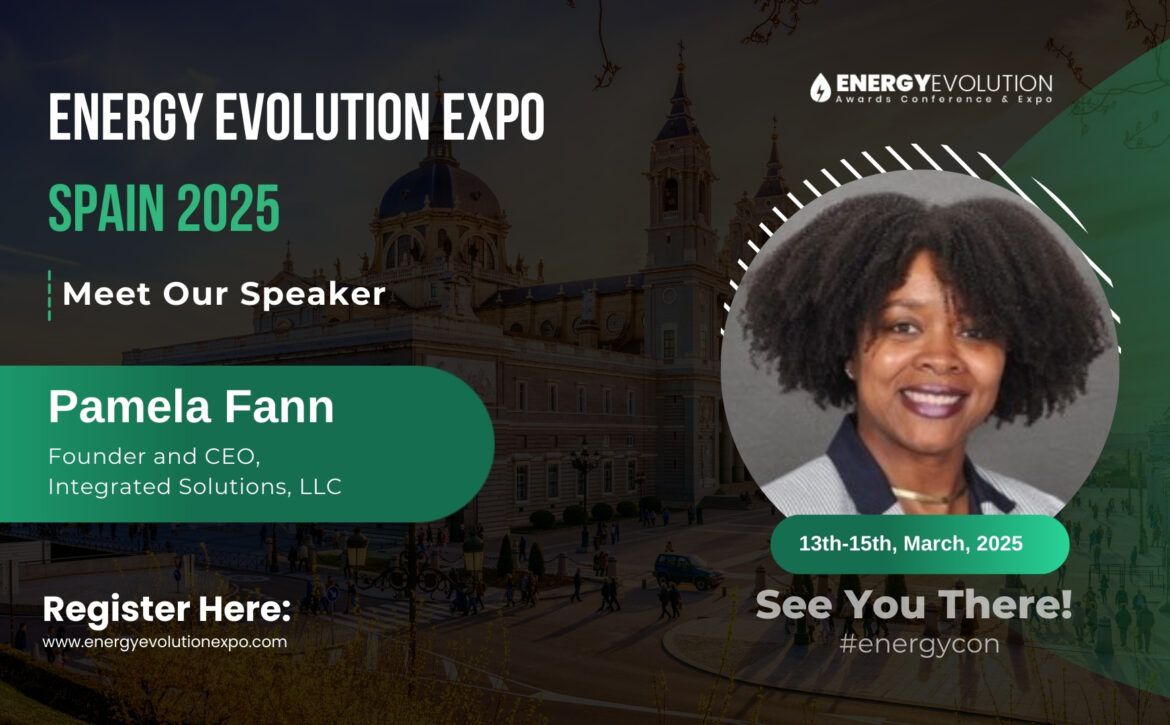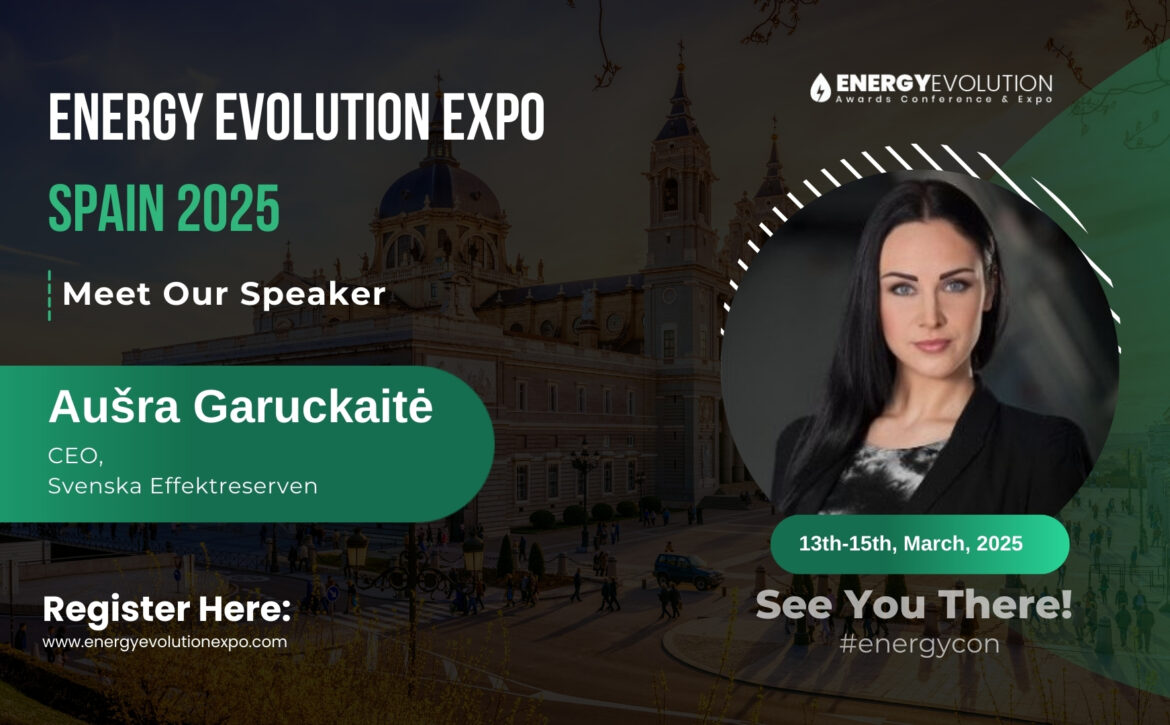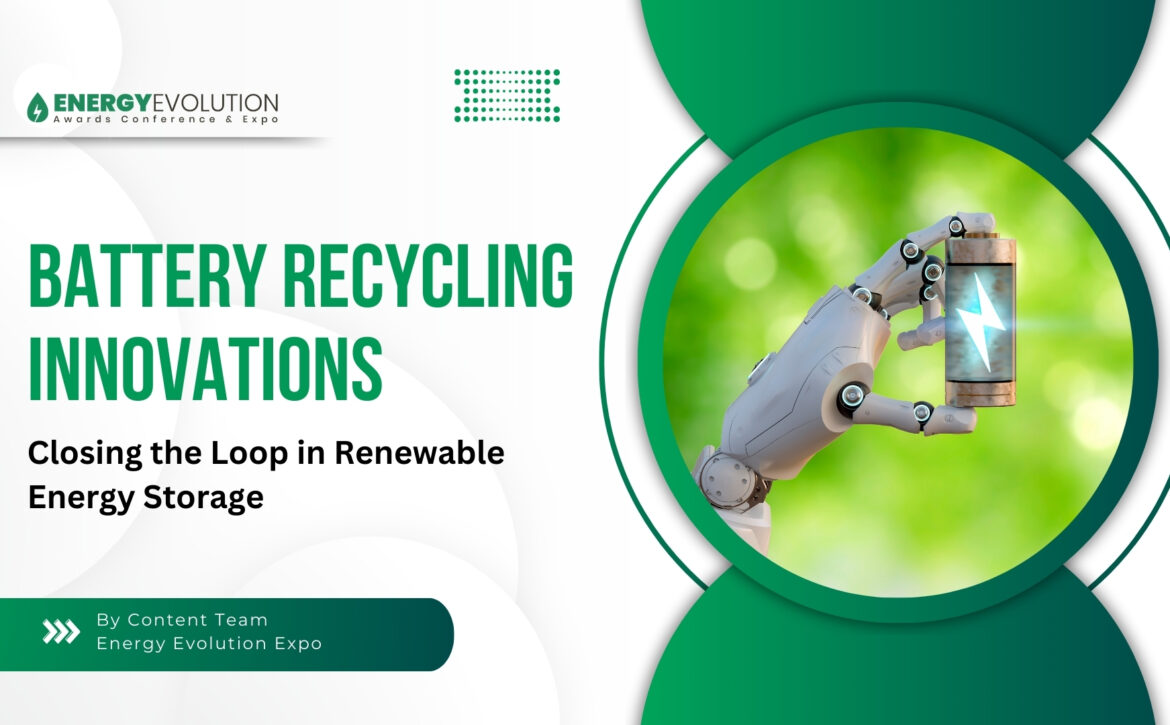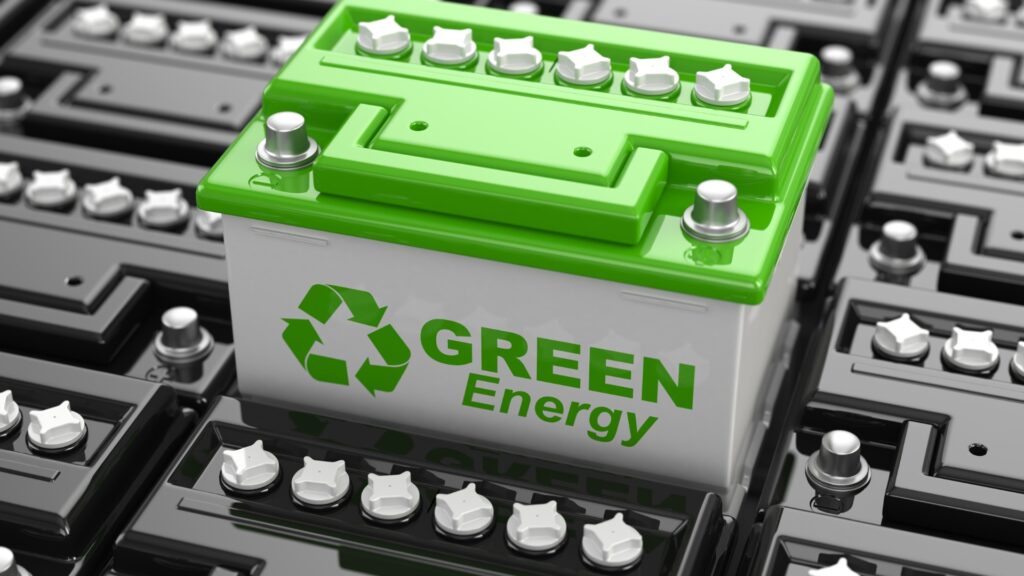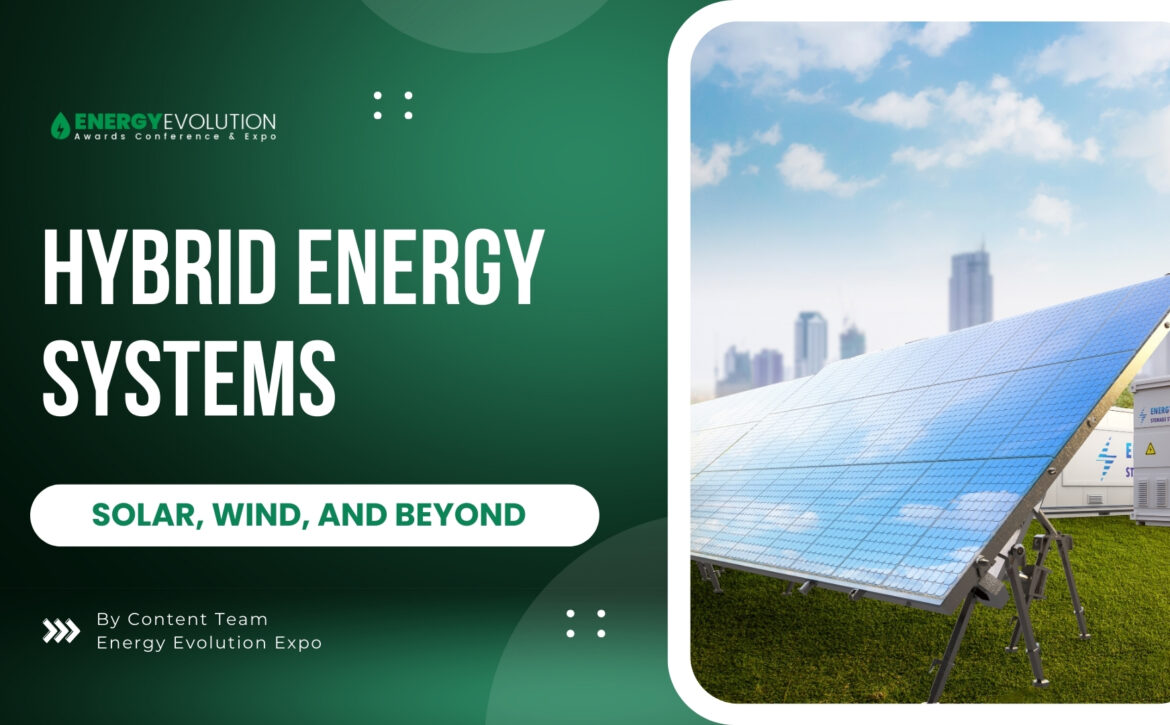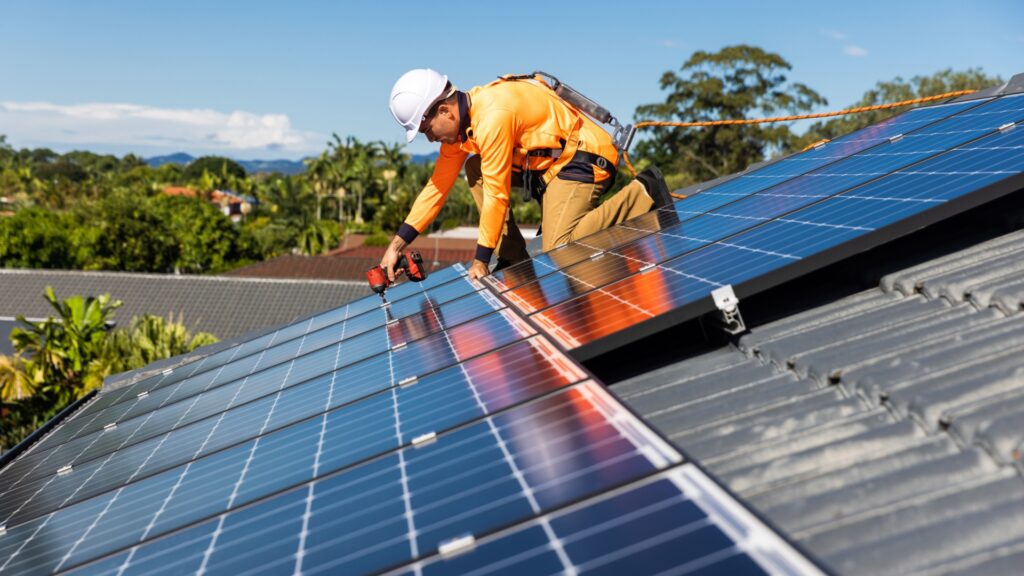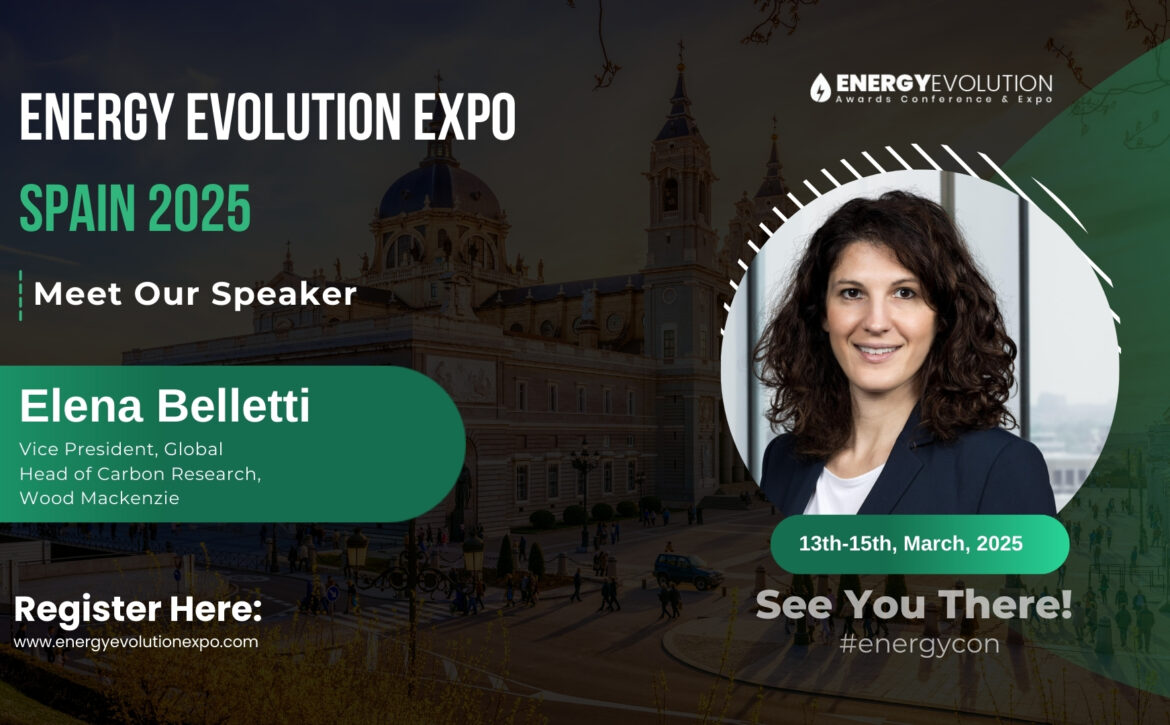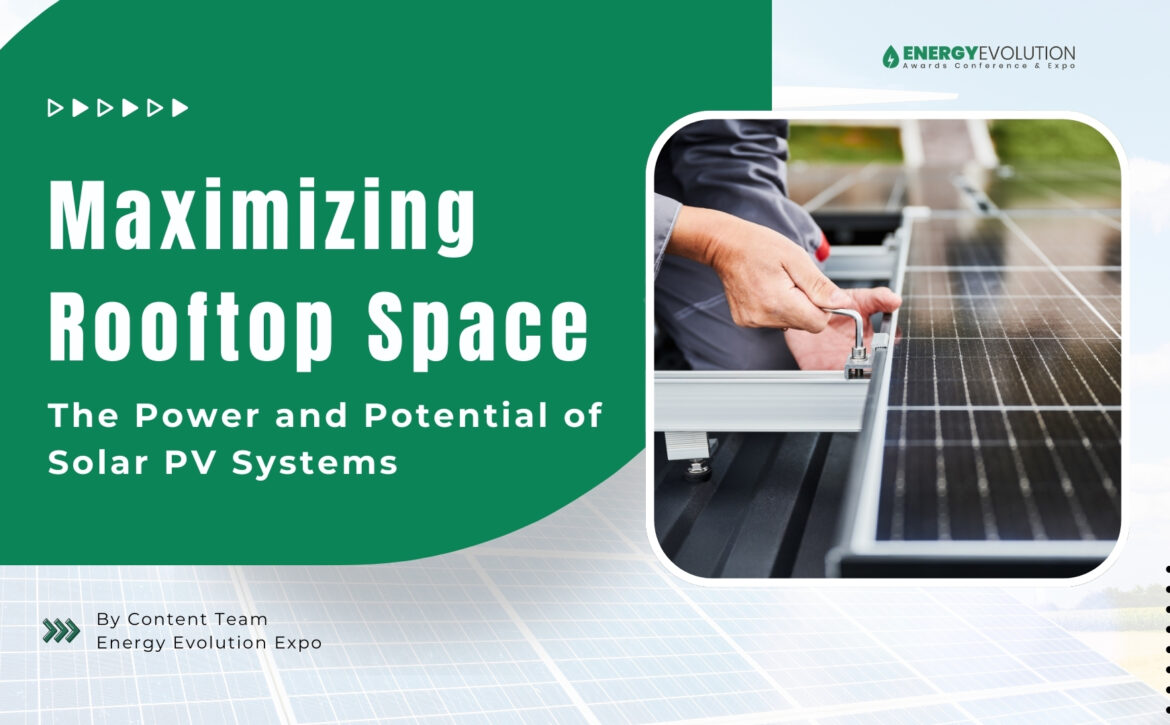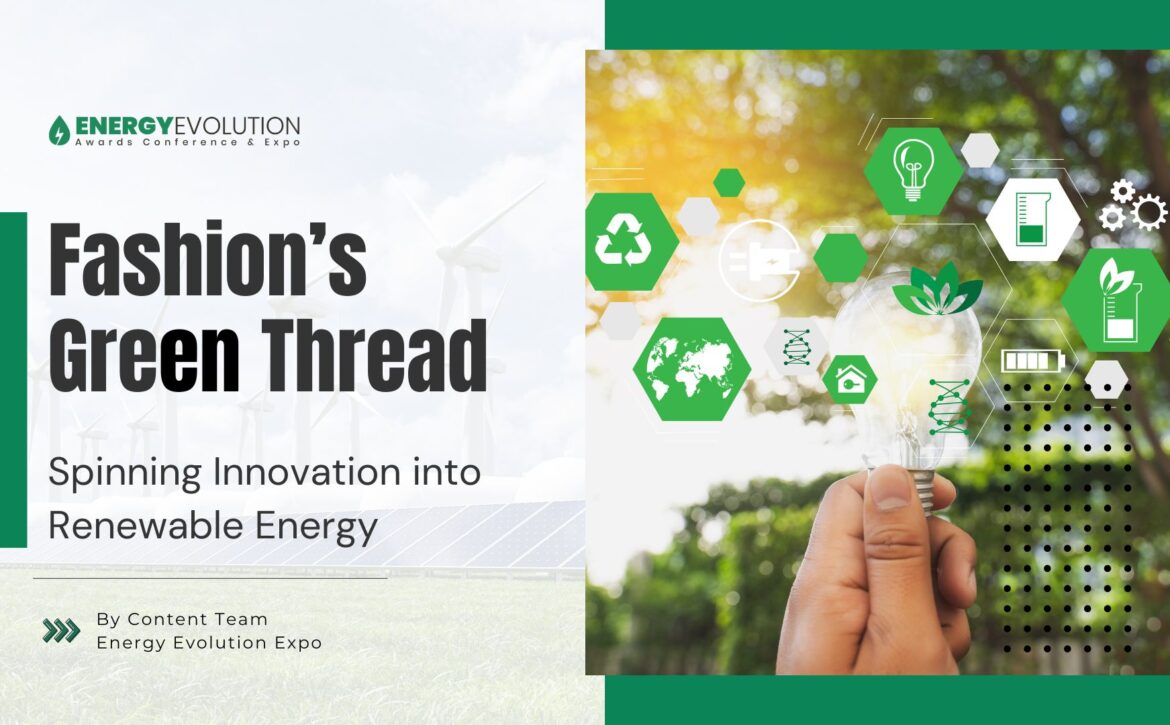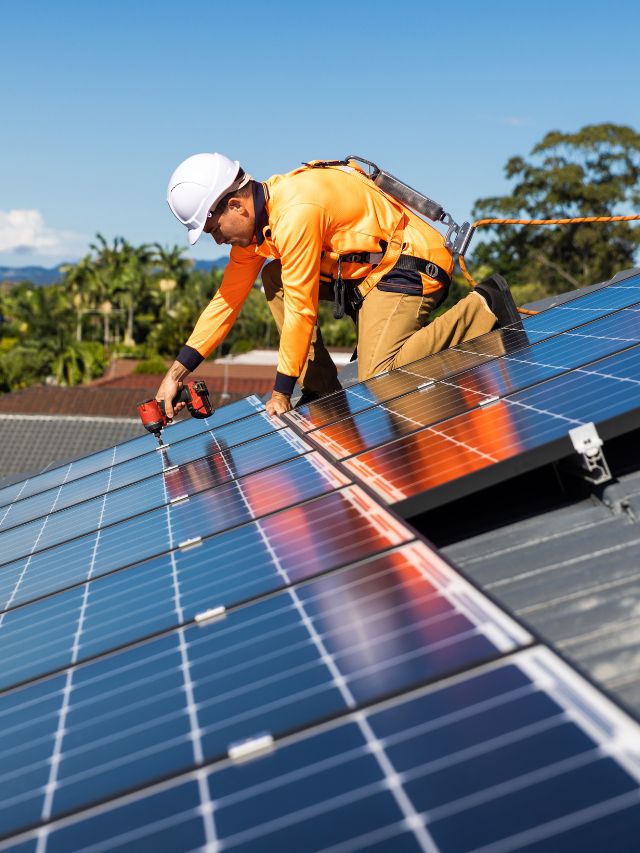As the world increasingly turns to renewable energy to combat climate change and reduce dependency on fossil fuels, rooftop solar photovoltaic (PV) systems have emerged as a leading solution. These systems allow homeowners and businesses to generate clean, renewable electricity right on their roofs, reducing energy costs and contributing to a more sustainable future.
However, rooftop solar installations face a unique set of challenges, from environmental factors to structural maintenance. One such issue is bird infestations, particularly pigeons, which can reduce efficiency and cause significant damage.
Innovative solutions like Italgam Srl’s EVO 2.0 brush have been developed to address these challenges, providing a simple yet highly effective means of protecting solar installations and maintaining their efficiency. In this blog, we will explore the workings of rooftop solar PV systems, their advantages, real-life applications, challenges, and how Italgam’s EVO 2.0 brush is transforming solar maintenance.
Introduction to Rooftop Solar PV Systems
Rooftop solar photovoltaic (PV) systems are decentralized energy generators installed on the roofs of homes, businesses, and industrial buildings. These systems use solar panels to convert sunlight into electricity, providing an on-site source of renewable energy that can either be used directly by the building or fed back into the electrical grid.
The key components of a rooftop solar PV system include:
Solar Panels: These are made up of photovoltaic cells that capture sunlight and convert it into direct current (DC) electricity.
– Inverters: They convert the DC electricity generated by the solar panels into alternating current (AC) electricity, which can be used to power appliances and other devices.
– Mounting Systems: These secure the solar panels to the roof, ensuring optimal positioning for sunlight exposure.
– Monitoring Systems: Used to track the performance of the solar panels, including energy production and system efficiency.
Rooftop solar PV systems rely on the photovoltaic effect. When sunlight hits the solar panels, the photovoltaic cells convert light (photons) into electrical energy by dislodging electrons. This creates a flow of electricity, which is then converted from DC to AC by the inverter, making it usable for typical household or industrial appliances. Any excess electricity generated by the system can be stored in batteries for later use or fed back into the grid, often earning credits or reducing utility bills through net metering programs.
Advantages of Rooftop Solar PV Systems
Rooftop solar PV systems offer a wide array of benefits, making them an attractive option for individuals, businesses, and institutions looking to reduce their carbon footprint and energy costs.
1. Sustainability: Solar energy is a renewable resource that significantly reduces greenhouse gas emissions compared to fossil fuel-based energy production.
2. Energy Cost Reduction: Once installed, rooftop solar systems provide free electricity, significantly reducing energy bills over the long term.
3. Energy Independence: By generating their own electricity, users can reduce reliance on traditional grid power, increasing energy security and protection from price fluctuations.
4. Scalability: These systems can be scaled to meet the specific energy needs of a building, whether it’s a small home or a large commercial complex.
5. Increased Property Value: Homes and businesses with solar installations often see increased property values due to the promise of lower long-term energy costs.
6. Government Incentives: Many governments offer tax credits, rebates, and other incentives to reduce the initial investment cost of solar PV systems.
Companies Leading Innovation of Rooftop Solar PV Systems
The widespread adoption of rooftop solar PV systems is evident across various sectors
– Residential Sector: In countries like Germany, Australia, and the United States, homeowners have increasingly adopted rooftop solar as a means of reducing their energy bills and carbon footprints. In California, new homes are now required to include solar installations as part of state legislation aimed at increasing renewable energy adoption.
– Commercial and Industrial Sector: Companies such as Walmart, Google, and Apple have installed large-scale rooftop solar systems on their facilities to power operations, showcasing a commitment to sustainability while reducing operational costs. For example, IKEA has installed rooftop solar PV systems on nearly all of its stores worldwide.
– Public and Government Buildings: Schools, universities, and government buildings worldwide have embraced rooftop solar PV systems as a way to meet energy needs while reducing public spending on electricity.
Many companies are leading the charge in rooftop solar PV technology and installation, helping to make renewable energy more accessible and efficient:
– SunPower: Known for its high-efficiency solar panels and complete solar solutions for both residential and commercial applications.
– Tesla (SolarCity): A major player in the solar market with its innovative solar roof tiles that blend seamlessly into homes while generating electricity.
– First Solar: A leader in the production of thin-film solar panels and large-scale solar installations.
– LG Solar: Providing high-efficiency solar panels with robust warranties, making them a popular choice in both residential and commercial sectors.
Challenges in Rooftop Solar PV Installations
While rooftop solar PV systems are advantageous, they do face several challenges:
– High Initial Costs: The upfront cost of purchasing and installing solar panels can be prohibitive for some, even though long-term savings typically offset these costs.
– Weather Dependency: Solar power generation is dependent on sunlight, which means that in regions with extended periods of cloudy weather, energy production can be reduced.
– Maintenance: Dust, dirt, bird droppings, and other debris can accumulate on panels, reducing their efficiency. Regular cleaning and maintenance are required to keep the system operating optimally.
– Bird Infestation and Nesting Issues: One of the most significant issues with rooftop solar installations, particularly in urban environments, is bird nesting, specifically pigeons. Birds often find refuge under solar panels, leading to the accumulation of debris, which reduces airflow, causes overheating, and increases the risk of water damage and electrical faults.
Italgam Srl’s EVO 2.0 brush offers a cutting-edge solution to the problem of pigeon and bird nesting under rooftop solar panels. The brush was inspired by a similar gutter cleaning tool that CEO Maurizio Chiacchierini encountered in British Columbia, Canada. He realized that this concept could be applied to solar panel installations to prevent pigeons from nesting under the panels.
Key Features of the EVO 2.0 Brush
– Knurled Bristles: These provide a firm grip on the surfaces between the panels and the roof, ensuring the brush stays securely in place and prevents birds from gaining access.
– Staggered Design: The brush’s staggered bristles allow for better airflow and rainwater drainage, helping to maintain the optimal temperature of the panels and prevent water damage.
– Versatility: The EVO 2.0 brush is adaptable to various types of roofs, including corrugated sheet metal and other common roofing materials, making it a versatile solution for solar panel installations across different regions.
Innovations like Italgam’s EVO 2.0 brush provide an effective solution to this problem, helping solar panel owners protect their investments and maintain peak performance. As the adoption of rooftop solar continues to rise, such innovations will play a critical role in ensuring that solar PV systems remain efficient and reliable sources of clean energy for years to come.
We need to keep up with all recent innovations to reap maximum benefits and to facilitate a better understanding of the latest developments and trends in the Renewable energy Industry, various Conferences and Expos, which bring Industry leaders together, serve as an all-inclusive platform.
The Energy Evolution Awards, Conference, and Expo organized by Next Business Media is making its debut in Spain in 2025. It will be a leading forum dedicated to honoring excellence in Energy Technology, showcasing innovations, and fostering collaborations.
The events unite industry leaders, and visionaries to explore the latest advancements, tackle key challenges, and shape the future of Energy. The Energy Evolution Awards, Conference, and Expo will celebrate outstanding achievements, promote sustainable practices, and drive the Energy Industry forward into a technologically advanced sustainable era. Energy Evolution Awards, Conference, and Expo will be a platform for cultivating innovation and shaping a brighter, more efficient energy landscape.
The EVO 2.0 brush has become a crucial tool for more than 1,300 solar companies worldwide, addressing a common issue that can drastically reduce the efficiency of solar panels. By preventing bird infestations, the brush helps to maintain panel performance, protect the system from damage, and extend its lifespan.
Rooftop solar PV systems are at the forefront of the renewable energy revolution, offering a sustainable and cost-effective solution for powering homes, businesses, and public buildings. Despite their many advantages, these systems face challenges like bird infestations that can reduce efficiency and cause damage.
Maximizing Rooftop Space: The Power and Potential of Solar PV Systems



